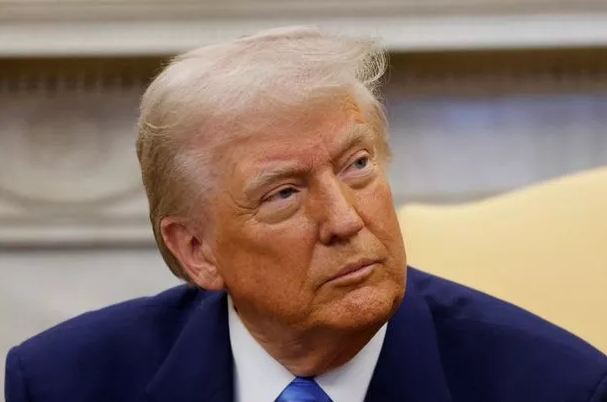The former president reportedly rarely gets a full night of sleep. He once claimed to average just four to five hours per night, a figure that some might consider shockingly low though not entirely uncommon for people managing global affairs. Despite this, his wife made it clear: he does sleep. That said, the amount is notably limited, and the pattern is far from ordinary for most people.
No Pajamas?
In a brief on-air exchange, the first lady was asked if he wears pajamas to bed. Her answer was a firm “no.” When further pressed about the details of his sleepwear (or lack thereof), she offered only a playful zipped‐mouth gesture, signalling that she wouldn’t share more. This small admission sparked more curiosity than clarity: what does a world-leader wear when he goes to bed? The playful evasiveness added to the intrigue around his nightly habits.

Overnight Air Travel Chaos
One of the more revealing insights comes from travel insiders. On long flights aboard the presidential aircraft, the leader’s odd sleep schedule made life difficult for the staff. According to a former correspondent, even during ultra-long haul journeys — where most folks might catch an hour or two of shut-eye before landing — he remained awake, engaging with his team, summoning sleeping staffers for discussions, and preparing for meetings or media responses. In other words: while the rest of the cabin might drift off, his engine was still humming.
Why So Few Hours?
Running a country and leading a massive organisation doesn’t lend itself to standard business hours, but this level of deprivations raises questions. One reason may be that he views time during travel or late at night as valuable for prep, strategy or media scans. Another is the habit of staying alert and engaging the moment before others can. In essence, his night-time is still part of the workday.
Personal or Practical?
There’s room to interpret these details: perhaps the minimal sleep and wardrobe choice (or absence of traditional sleepwear) reflect the non-traditional life of someone in that position. The life of a headofstate seldom follows a normal domestic rhythm. The anecdote about not wearing pajamas might sound trivial, but it underscores how his private routine diverges from the typical. The late-night plane calls and his insistence on keeping staff active into the night suggest he treats night as a time to remain in operational mode rather than winding down.

What It Suggests
These routines offer a view into how one of the world’s most visible figures handles the boundary between personal rest and professional urgency. Short sleep, informal attire, and demands on staff during off-hours all point to a mindset where the line between “day” and “night” becomes blurred. For followers of leadership, this might underscore a willingness to sacrifice conventional relaxation for persistent drive. For others, it might raise questions about sustainability, well-being and whether human limits can be repeatedly stretched in that way.
Conclusion
Melania Trump’s lighthearted remarks offered a glimpse into the unconventional private world of her husband’s nightly habits. From his minimal sleep schedule to his refusal to wear pajamas, every detail paints a picture of a man who treats rest as just another part of his working hours. His tendency to stay awake on flights and engage with staff late into the night reflects an intense drive that often blurs the boundary between personal time and professional responsibility.

















